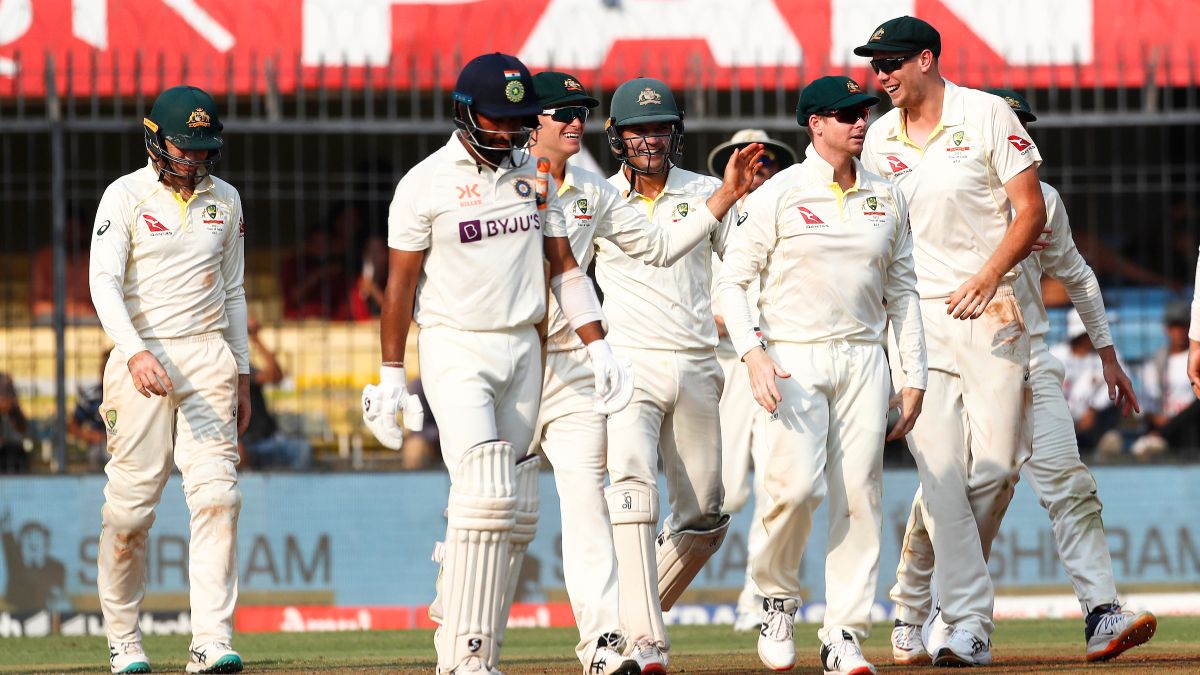The World Test Championship (WTC) has undoubtedly had a significant impact on the format of Test cricket since its inception. Here are the key points outlining the impact of the WTC on Test cricket format:
- Increased significance: The WTC has injected a new level of importance and context into Test cricket. Previously, Test series often lacked a clear purpose beyond bilateral contests, but the introduction of the WTC has given teams a tangible goal to strive for, enhancing the value and intensity of Test matches.
- Competitive edge: Teams participating in the WTC have become more focused on winning Test matches rather than settling for draws. The championship’s point system rewards teams for victories, pushing them to adopt a more aggressive and result-oriented approach. This has led to more exciting and closely contested matches, as teams aim to maximize their chances of earning valuable points.
- Strategic planning: The WTC has necessitated strategic planning by teams and captains. With points at stake, teams have to carefully manage their resources, including player workloads and squad selection. This has led to greater emphasis on analyzing conditions, devising effective game plans, and employing tactics that optimize the team’s chances of securing victory.
- Balanced home and away contests: In the past, teams often prioritized home series due to the absence of a structured championship. However, the WTC encourages teams to perform well both at home and away, as every match contributes to their standing in the championship. This has resulted in a more balanced scheduling of Test series, with teams seeking challenging away tours to accumulate points.
- Revitalized interest: The WTC has generated renewed interest among fans in Test cricket. The championship offers a narrative arc, building up to a final clash between the top two teams, which garners significant attention and excitement. This increased interest has translated into higher attendance at Test matches, improved television viewership, and a general resurgence in the popularity of the longest format of the game.
Enhanced context for bilateral series: The WTC has provided context to bilateral Test series, elevating their significance beyond individual encounters. Every match within a series contributes to a team’s position in the championship standings, making each match more meaningful. This has reinvigorated bilateral Test series, making them more appealing to players, fans, and broadcasters.
Impact on player workload: The WTC has influenced player workload management. With the championship’s tight schedule and the added pressure to perform, teams have become more cautious about player fatigue and injury management. This has led to better rotation policies, allowing players to rest and recover, ultimately benefiting their overall performance and longevity in Test cricket.
In conclusion, the World Test Championship has had a transformative impact on the format of Test cricket. It has increased the significance and competitiveness of Test matches, encouraged strategic planning, balanced home and away contests, revitalized fan interest, provided context to bilateral series, and influenced player workload management. The championship has breathed new life into Test cricket, ensuring its relevance and sustainability in the modern cricketing landscape.





